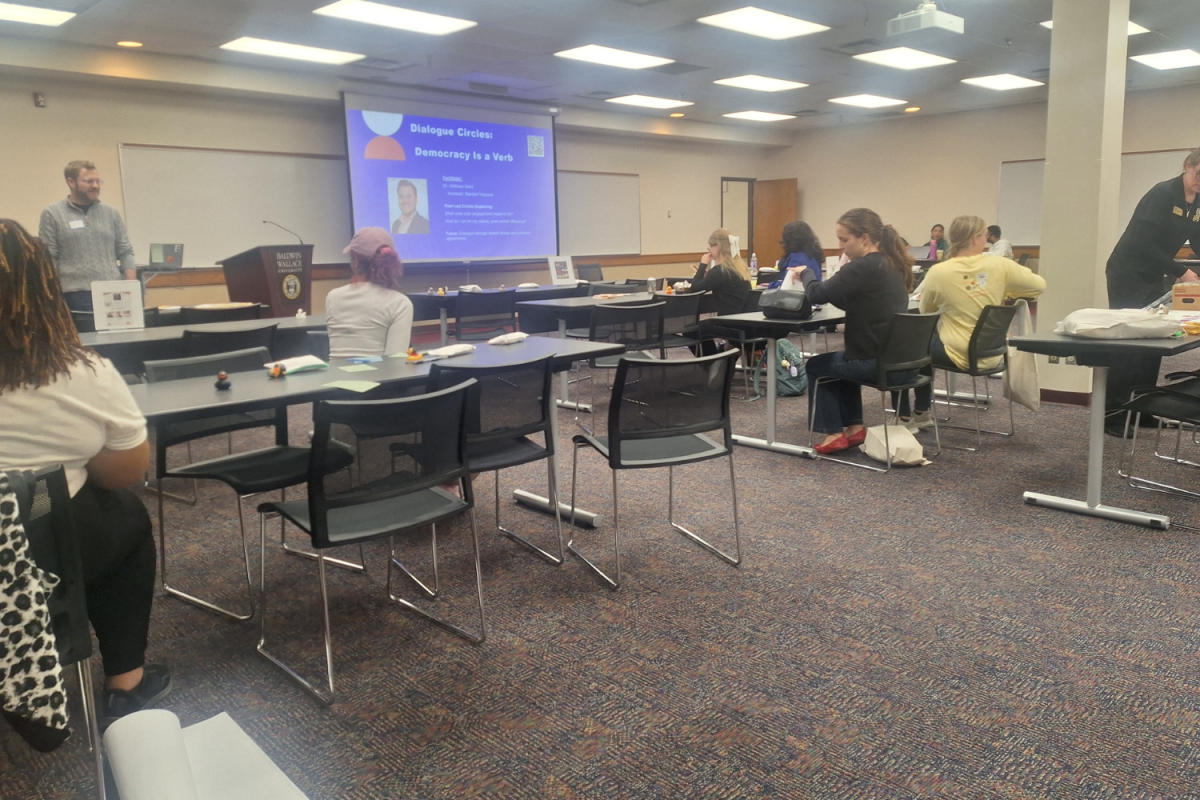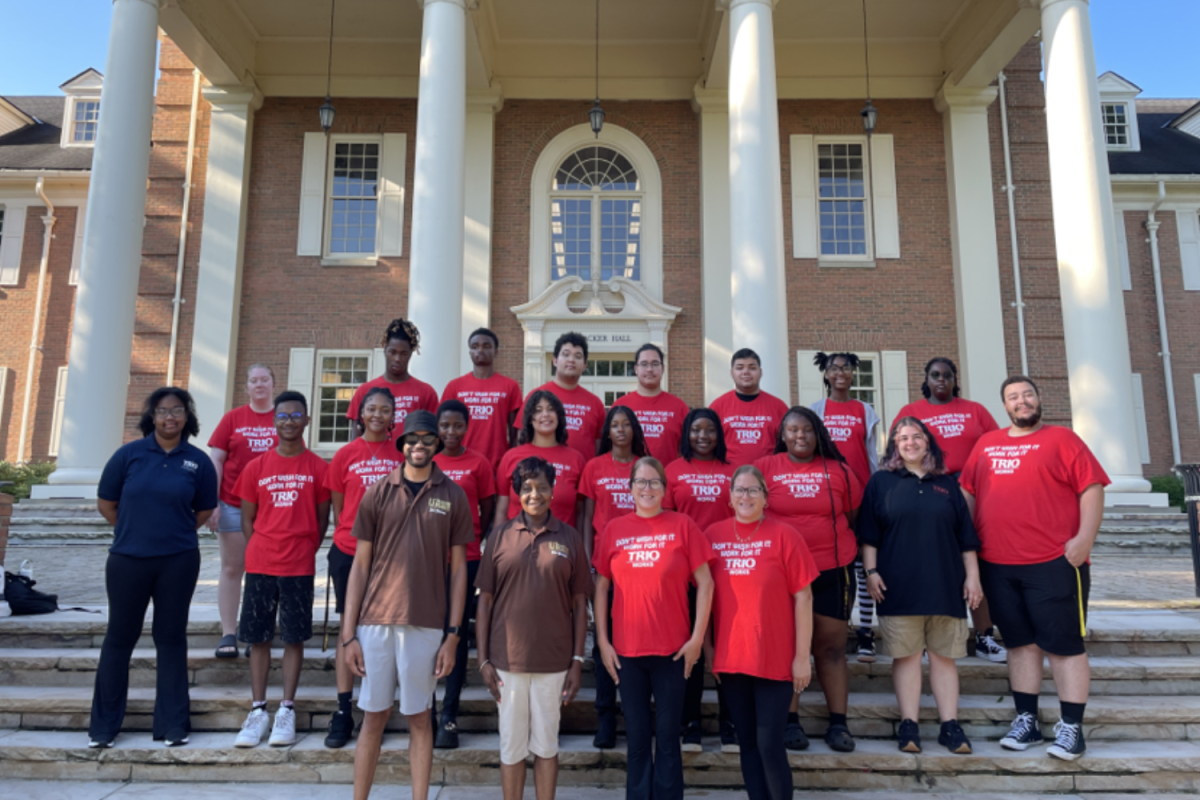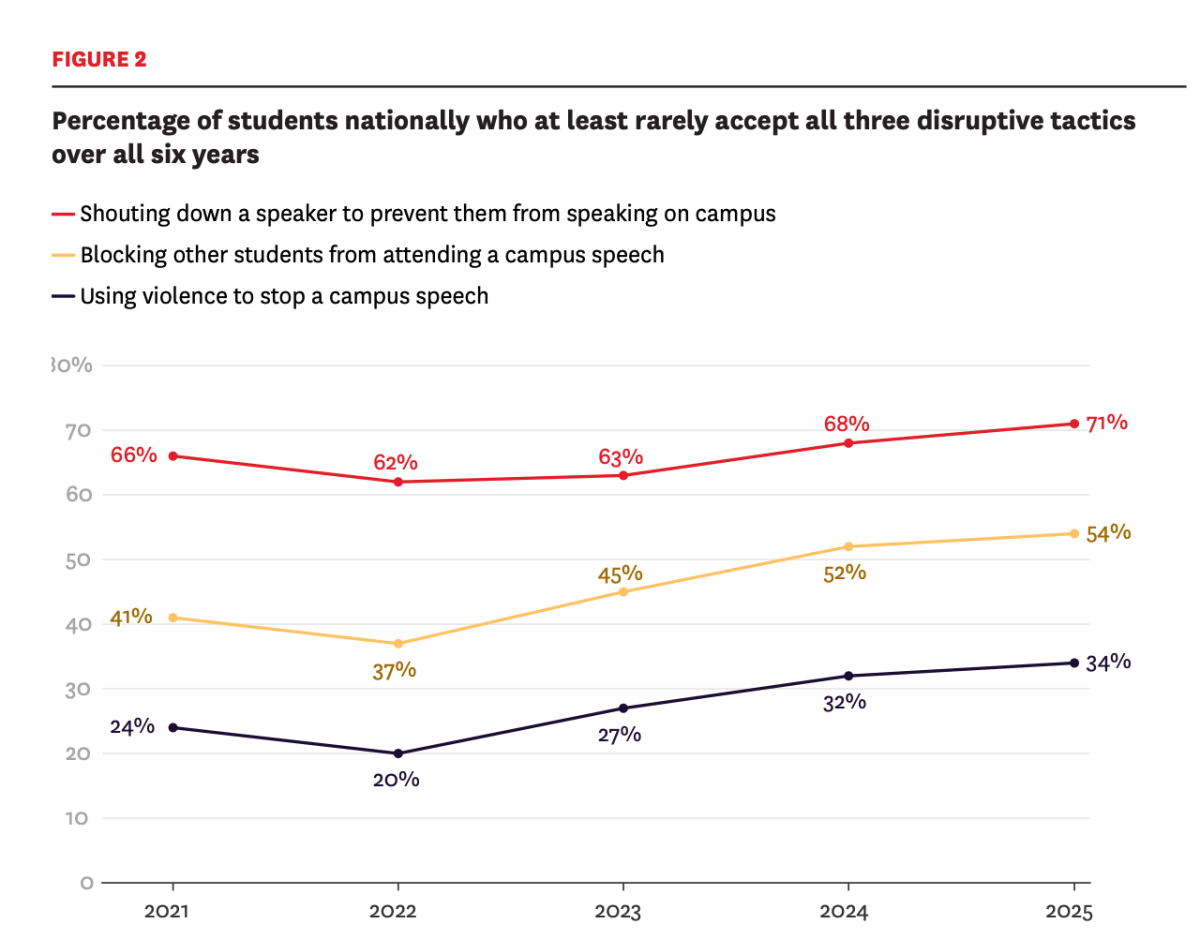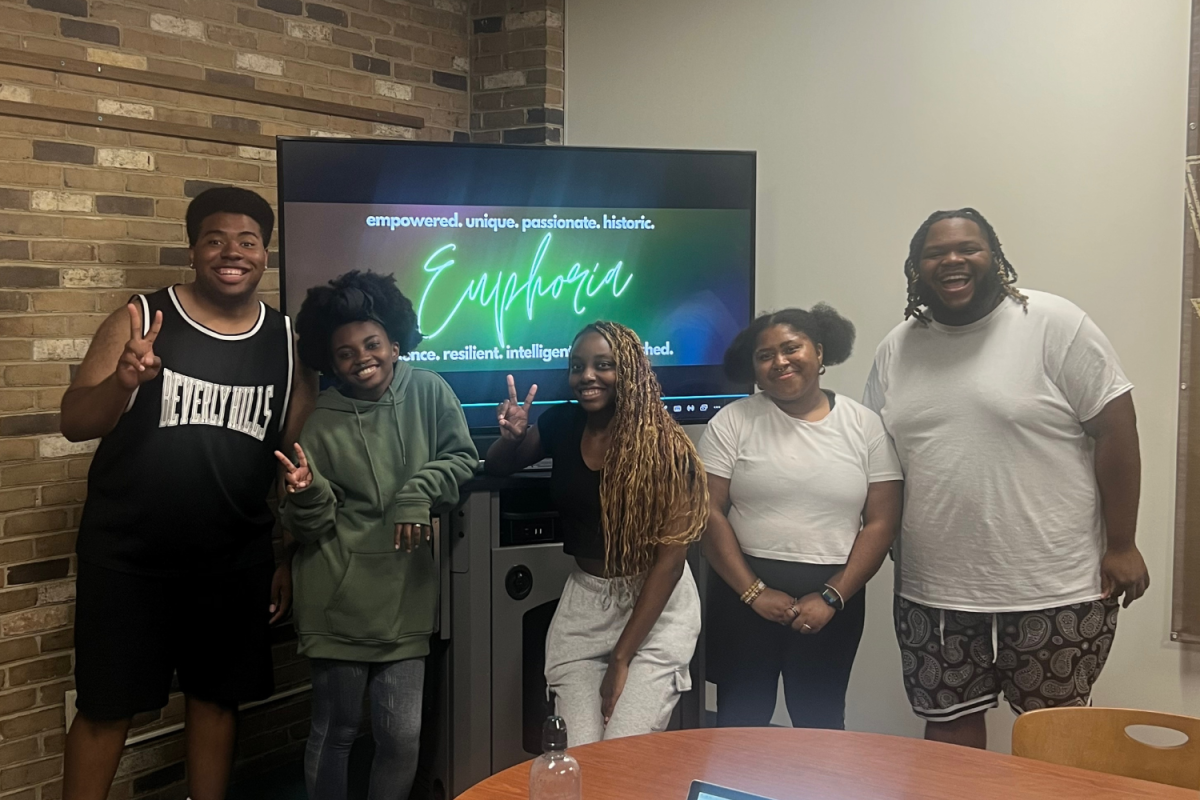In the fall of 1972, the faculty at Baldwin-Wallace College proposed a plan that would form a faculty union at the University in the name of unionization and collective bargaining. This proposed unionization was brought about due to several campus concerns from both students and faculty. Concerns including the growing deficit at the time along with faculty salaries being lower than what was normal for the institution in the past. Baldwin-Wallace College faculty salaries had fallen far behind what was used to determine
whether our faculty salaries are fair along with several social issues brought about by students.
In the late 1960s and early 1970s there had been a lot of student unrest, involving student riots that were about issues of race, protests against the Vietnam War and problems with conditions on campus. So, the faculty decided that the best solution to address these issues was to unionize. Due to the unionization plans proposed by the faculty members, the president at the time, President Alfred B. Bonds proposed a series of austerity measures which included eliminating several faculty positions mostly in the humanities area. To remedy the issues, the faculty responded to the plan that Bonds proposed, with a plan of their own.
This plan included faculty taking on additional tasks to their everyday responsibilities. Responsibilities that included, paying more for their healthcare, taking faculty from their teaching duties and reassigning them to administrative positions, doing more recruiting, increasing cap sizes for classes and developing new programs to bring in new revenue. After this plan had been proposed, the faculty held a vote and ultimately voted against unionizing. The following year, the deficit grew, resulting in the administration ending the positions of 16 tenured faculty members, all of which were part of the unionization movement. These measures were only allowed if th administration could prove that the College was in a position of “financial exigency” which means that financially Baldwin-Wallace College would be in danger of shutting down. Not only were the 16 faculty members who were apart of the initial position termination affected but some of the remaining faculty were as well.
“There had been faculty here who had been traumatized by their experience here in the 70s who would run at the sound of the word union because they were afraid it meant that there would be a retaliation and that we would lose our jobs,” Gesink said.

































